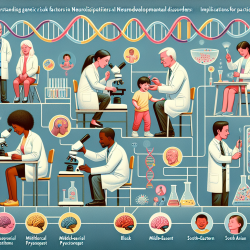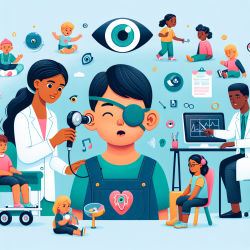Understanding the Influence of Social Networks on Adolescent Development
As practitioners dedicated to fostering positive outcomes for children, understanding the nuances of adolescent development is crucial. The recent study, "Same-Sex Sexual Attraction Does Not Spread in Adolescent Social Networks," published in the Archives of Sexual Behavior, provides valuable insights into the role of social networks in shaping adolescent behaviors and attitudes.
Key Findings of the Study
The study utilized data from the National Longitudinal Study of Adolescent Health (Add Health) to explore whether same-sex romantic attractions spread through social networks. The researchers found that while sexual activity and the desire to have romantic relationships may spread among adolescents, same-sex attraction does not. This suggests that sexual orientation is not influenced by peer networks, highlighting a biological determinant for same-sex attraction.
Implications for Practitioners
For speech-language pathologists and other practitioners working with adolescents, these findings emphasize the importance of focusing on individual development rather than peer influence when addressing issues related to sexual orientation. Here are some practical steps practitioners can take:
- Encourage Individual Expression: Support adolescents in exploring their identities independently of peer pressures.
- Promote Safe Environments: Create inclusive spaces where adolescents feel comfortable discussing their feelings and experiences.
- Educate on Biological Influences: Provide information on the biological aspects of sexual orientation to reduce stigma and misconceptions.
Encouraging Further Research
This study opens the door for further research into the complex interplay between biology and social influences on adolescent development. Practitioners are encouraged to engage with ongoing research to better understand these dynamics and inform their practices.
To read the original research paper, please follow this link: Same-Sex Sexual Attraction Does Not Spread in Adolescent Social Networks.










